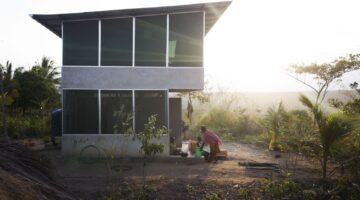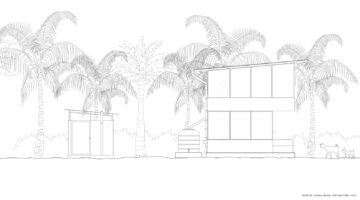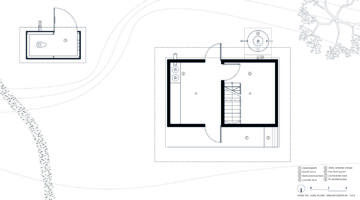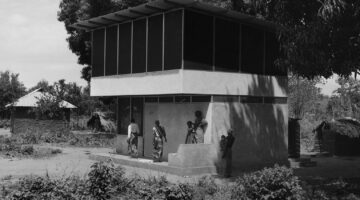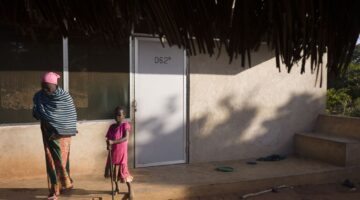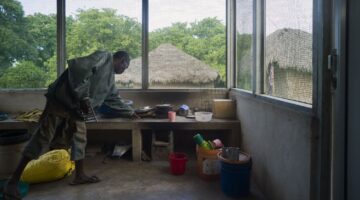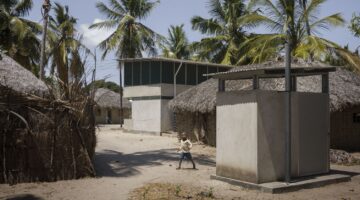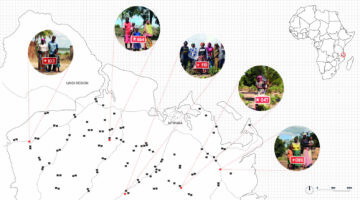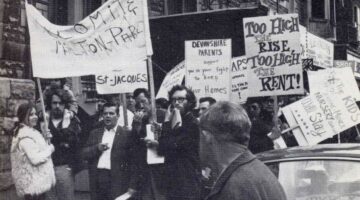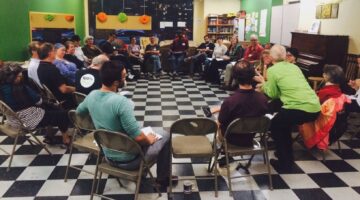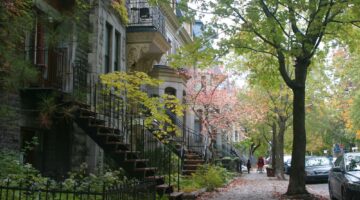Singapore's public housing policy
Main objectives of the project
Singapore, a city-state of more than 5 million people, has achieved remarkable economic success in large part due to its affordable housing policy, initiated with the creation of the Housing and Development Board (HDB) in 1960. Initially focused on rental units to address a housing crisis, the HDB shifted its focus to ownership with the People's Home Ownership Scheme in 1964. Today, 94% of HDB housing is owned by residents, organized into self-sufficient "new villages" with various amenities. The housing policy has promoted racial integration and has included financial incentives, such as the use of the Central Provident Fund (CPF) for down payments. However, it faces challenges such as speculation and the exclusion of certain low-income groups and temporary workers. Despite these problems, Singapore offers an exemplary model of how a public housing program can transform a city in a short period.
Date
- 1964: Implementation
Stakeholders
- Promotor: Housing and Development Board
Location
Description
Singapore, a city-state with over 5 million residents, owes much of its economic success to its foundation of affordable housing for citizens. Initially, public housing development was managed by the Singapore Improvement Trust, established in 1927 during the British colonial era. After gaining independence, Singapore created the Housing and Development Board (HDB) in 1960 to address a severe housing crisis by building rental units. Following the immediate resolution of the crisis, the government introduced the Home Ownership for the People Scheme in 1964, which became the cornerstone of the nation's housing policy, shifting the focus from renting to home ownership. For over two decades (1982-2006), the HDB ceased building rental units, leading to a current scenario where 94% of HDB stock is owned by residents. This transformation turned Singapore from a city of slums into a modern metropolis with public housing skyscrapers.
HDB projects are organized as "new towns," self-contained neighborhoods with amenities like restaurants, shops, schools, and religious institutions. Each town center typically features a clinic, a bus terminal, a subway station, or a mall. Singapore builds and sells various HDB flats to cater to different household needs and budgets. The apartment sizes range from 32 square meters (about 340 square feet) to 130 square meters for a three-bedroom, two-bathroom unit. There is also a four-bedroom, three-bathroom option for multigenerational families, measuring 115 square meters. Many owners take pride in their homes, which are often showcased in interior design magazines.
The primary focus of Singapore's housing policy has been to ensure home ownership for middle-class families. New HDB flats are sold exclusively to Singapore citizens, with priority schemes to allocate units. Up to 95% of flat sales are reserved for first-time applicants, with special consideration for young couples. Additional weight is given to those wishing to live near their parents. To combat early racial segregation, a 1989 policy sets ethnic quotas for each block or neighborhood to prevent racial enclaves, promoting integration among Chinese, Malay, and Indian residents.
In addition to housing grants, numerous incentives and subsidies support home ownership. Prospective buyers can use savings from Singapore’s mandatory retirement plan (Central Provident Fund or CPF) for their down payment. The CPF and HDB are tightly integrated in a closed-loop model of housing finance: HDB holds the mortgage, and CPF directly pays HDB from the owner's ongoing savings.
HDB developments are primarily 99-year leases, with the government perpetually owning the land, similar to community land trusts or leasehold properties in British Columbia, making units cheaper to purchase. Targeted programs allow elderly citizens to buy flats on shorter-term leases to make them more affordable.
Despite its success, the model faces challenges. Now, public flats have become vehicles for private wealth accumulation. The push for higher-end housing has led to speculative behavior, with some buyers selling HDB flats after the minimum five-year period to gain capital and purchase private market properties. Million-dollar-plus HDB flat sales have increased in the resale market, prompting the government to enforce new laws. Owners of certain units must now live in them for 10 years before selling, and income ceilings for secondary market buyers align with restrictions for new flat buyers.
Some people remain excluded from the homeownership scheme. The HDB stock includes over 63,000 rental flats (about 6% of units) for low-income households. Most rental flats are studios and one-bedrooms, while ownership units are primarily two- to four-bedrooms. A complex set of rules governs rental housing applications, with a waiting list of six to nine months. Rents increase progressively with income. Singapore extensively relies on low-paid temporary workers from South Asia for affordable housing construction. These workers, constituting about 4% of the population, live in crowded dormitories, cannot become permanent residents or citizens, and do not benefit from HDB schemes.
Even with these challenges, Singapore’s public housing policies provide valuable lessons. The nation demonstrates how a large public program aimed at affordable rental and ownership housing can achieve significant results quickly. Singapore exemplifies the potential of substantial public support in building affordable housing, acquiring land, planning complete communities, and achieving high levels of racial integration.


